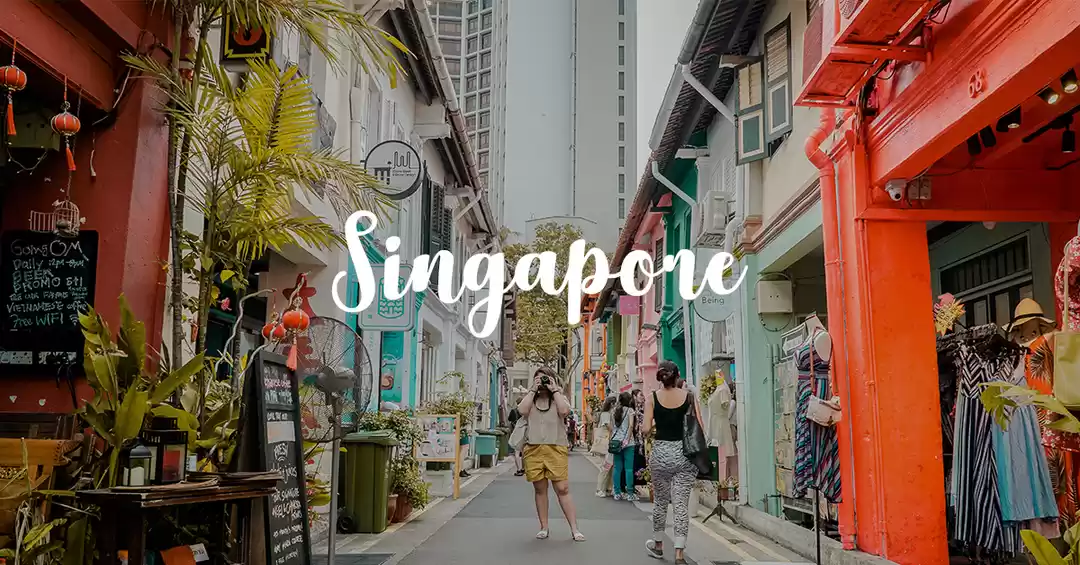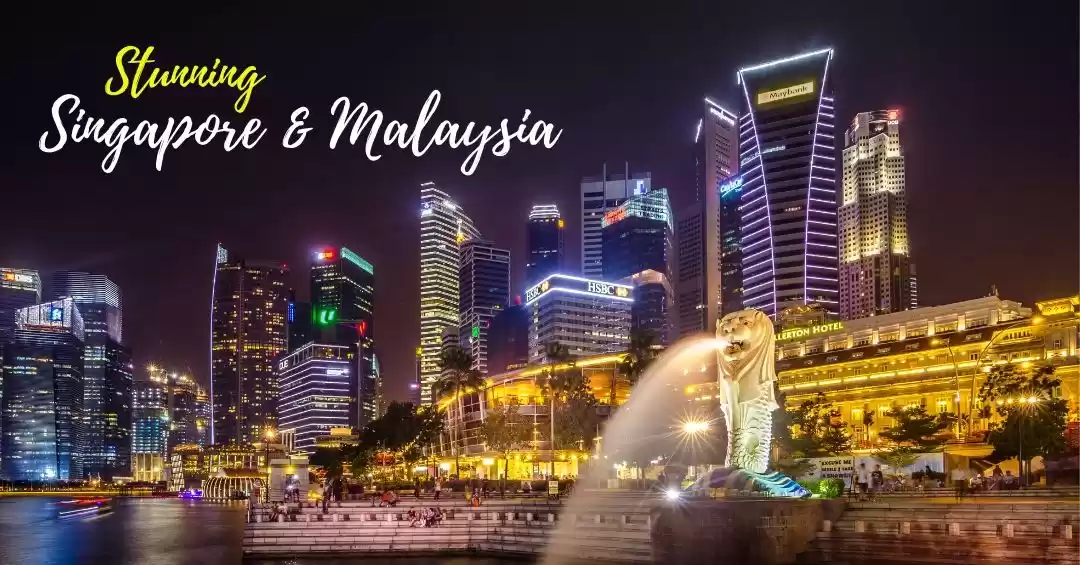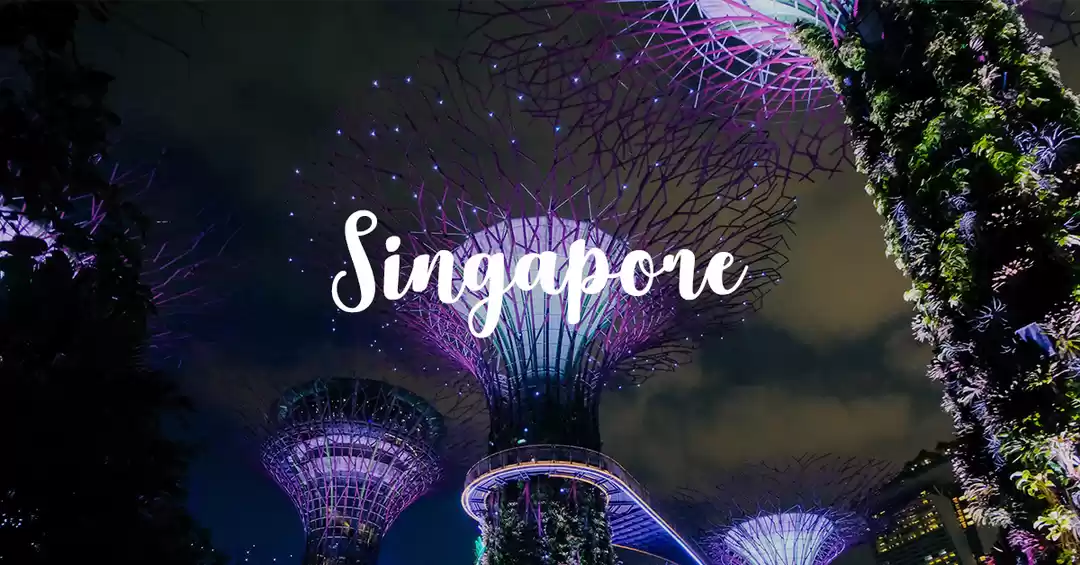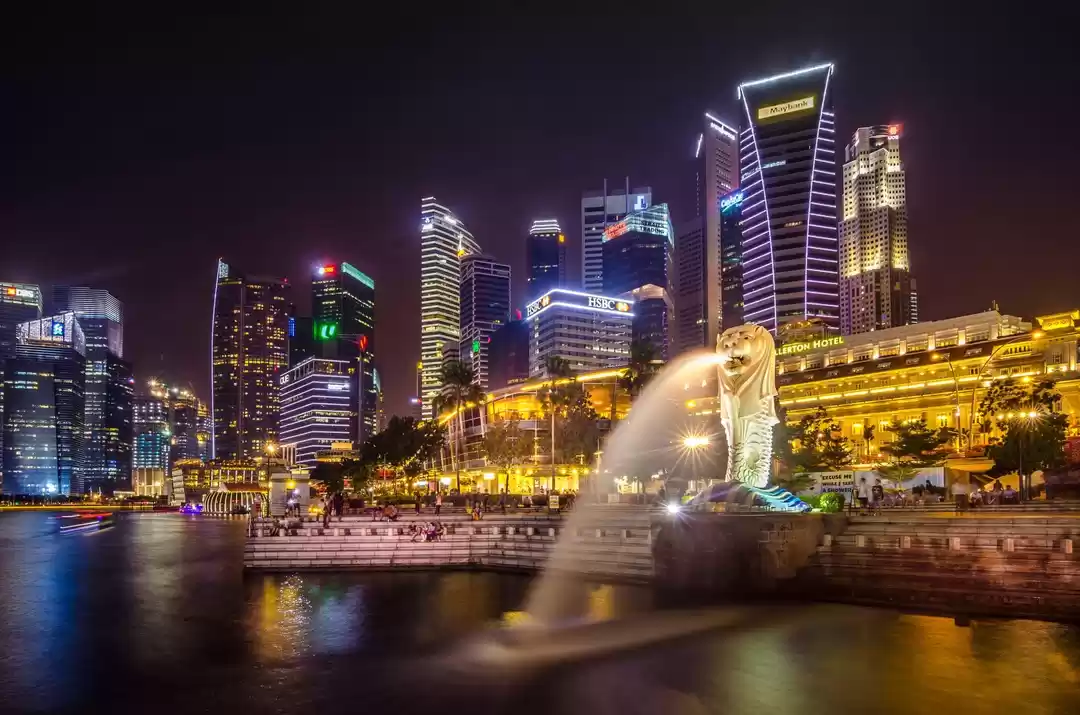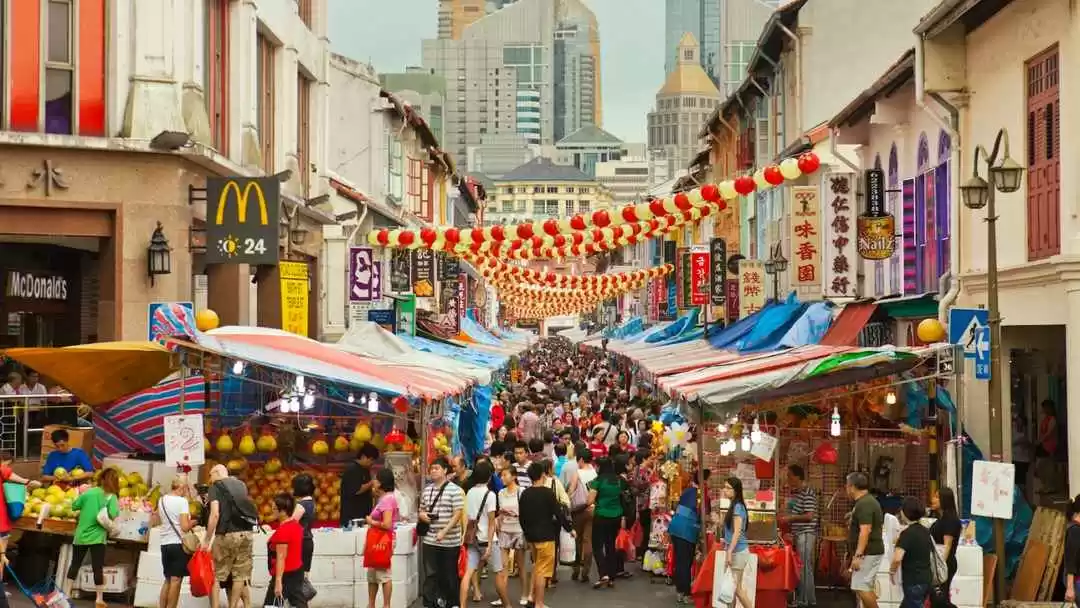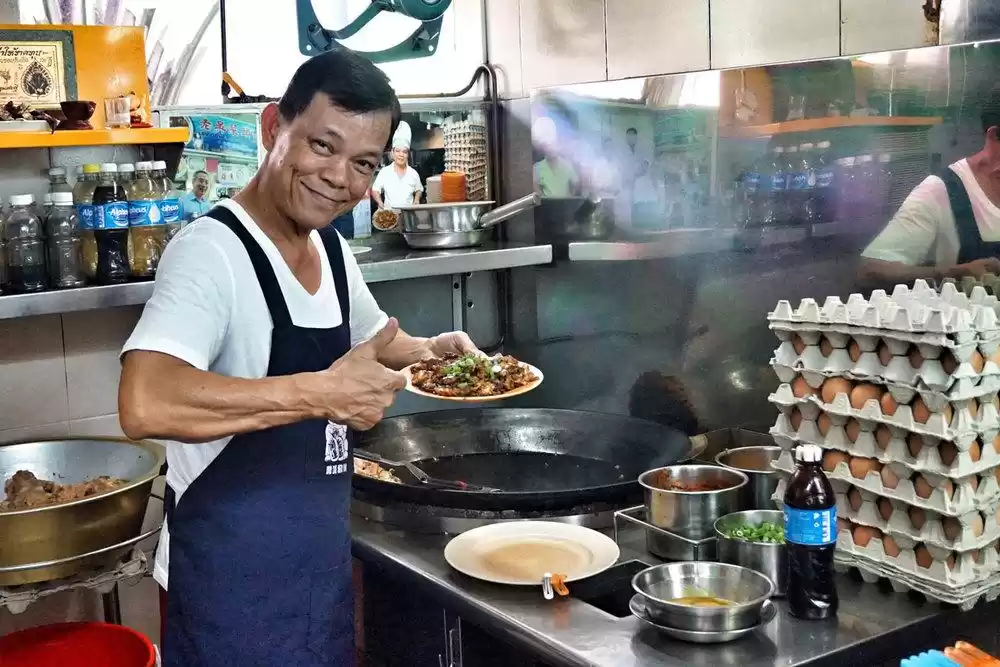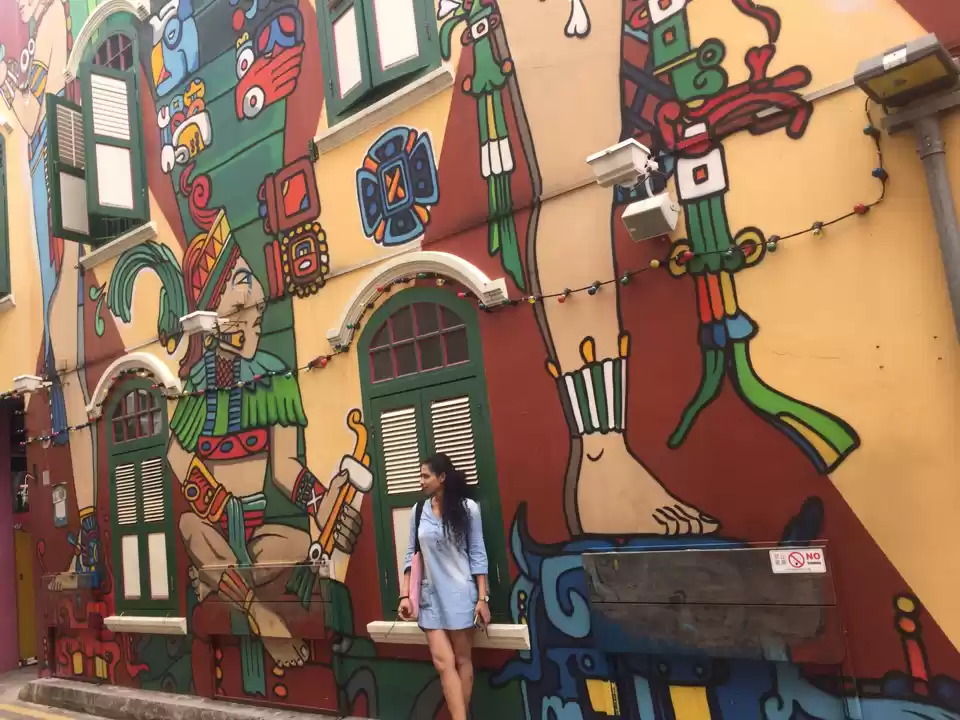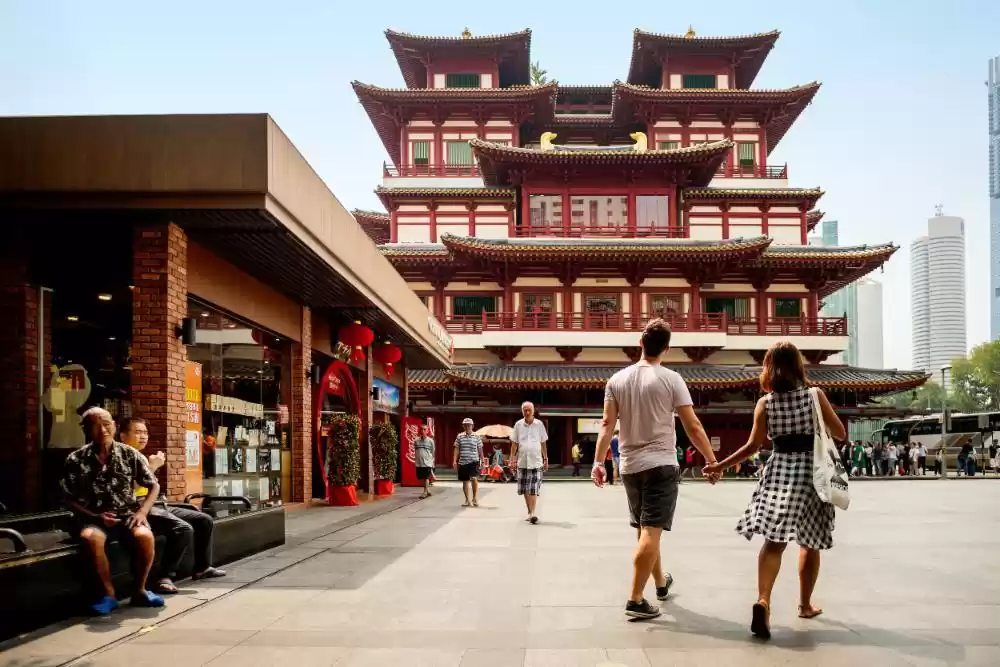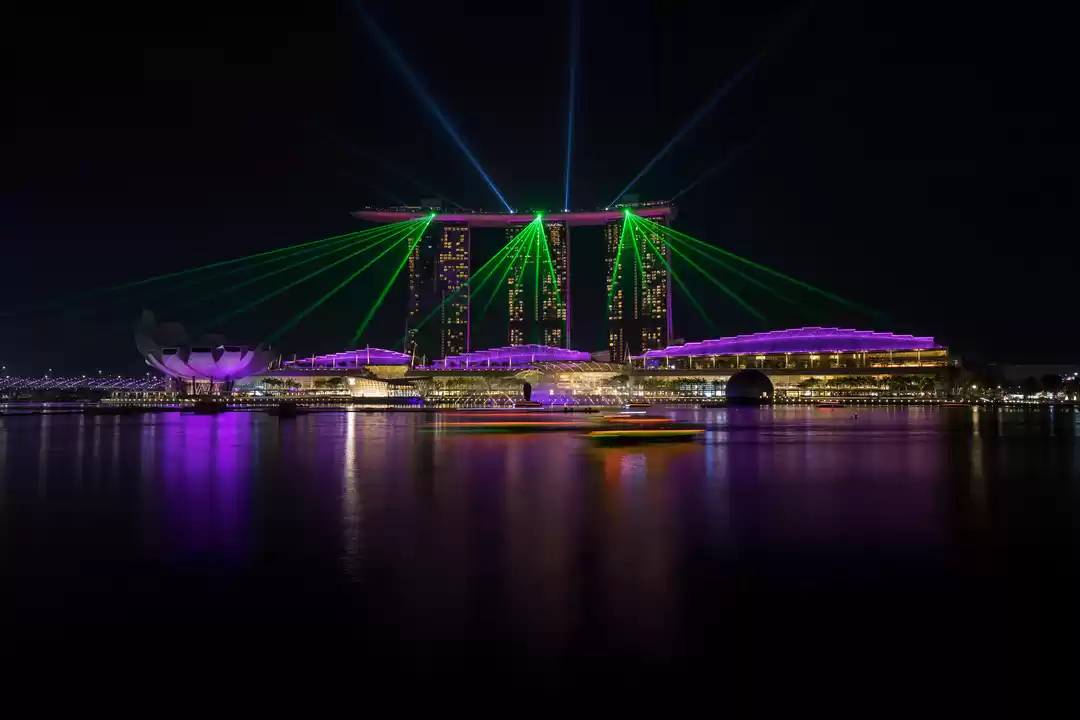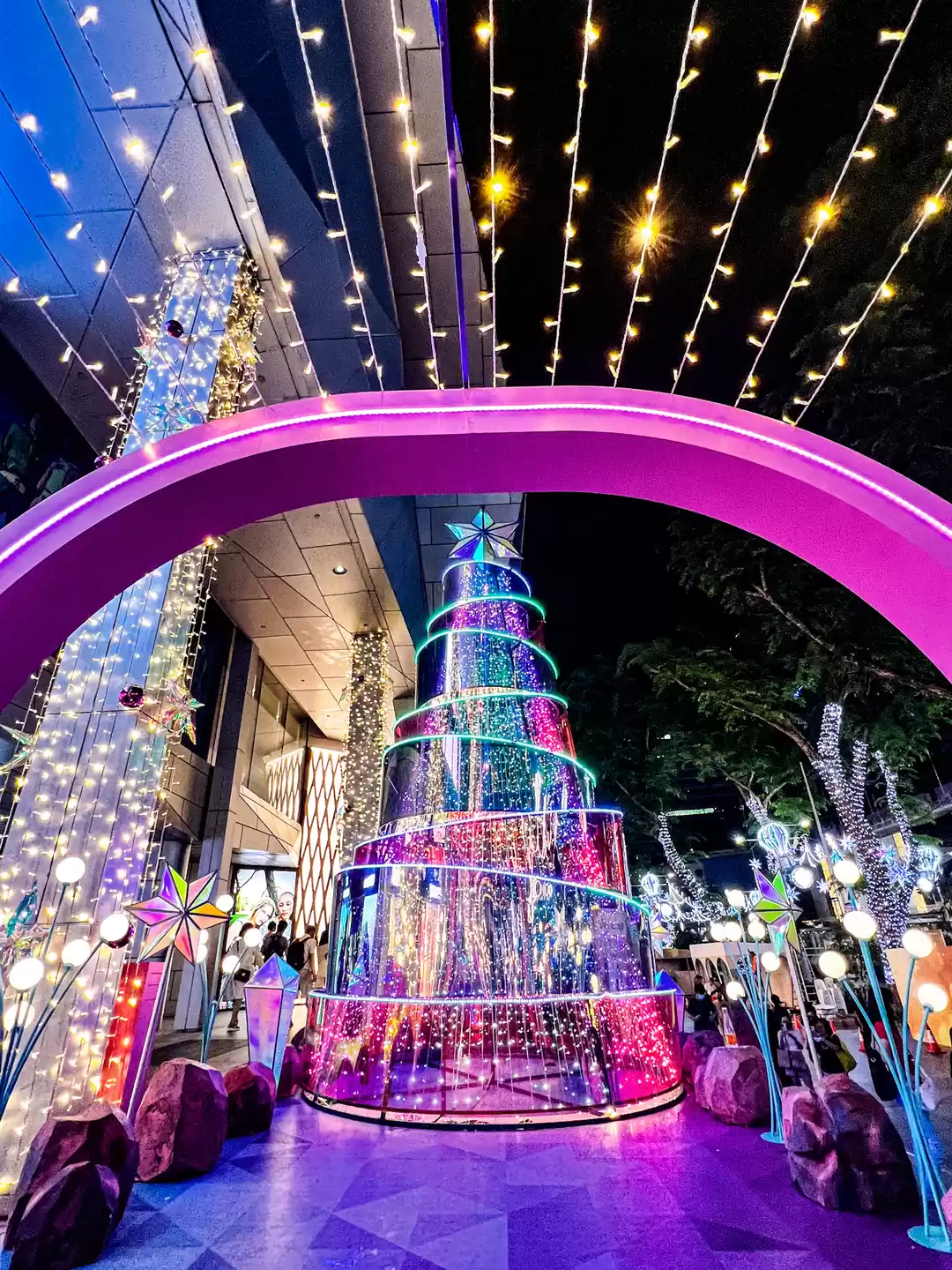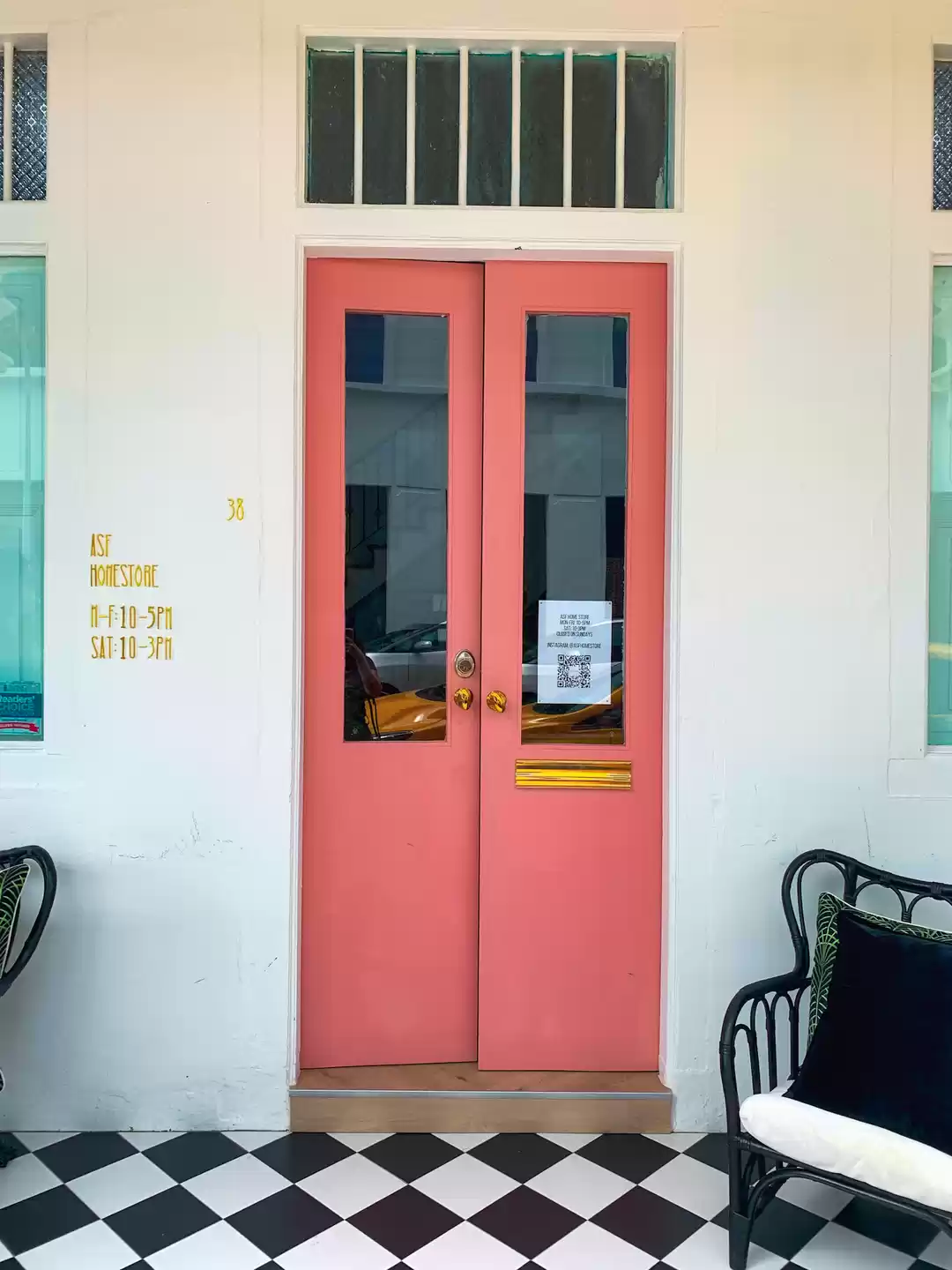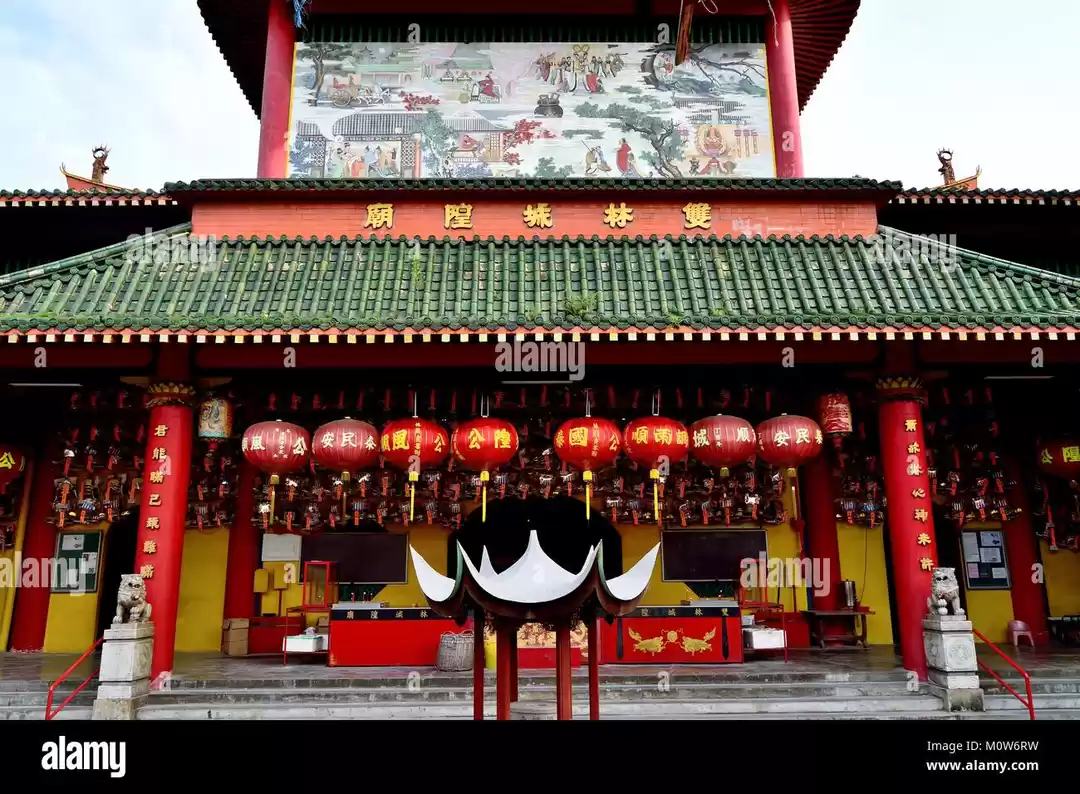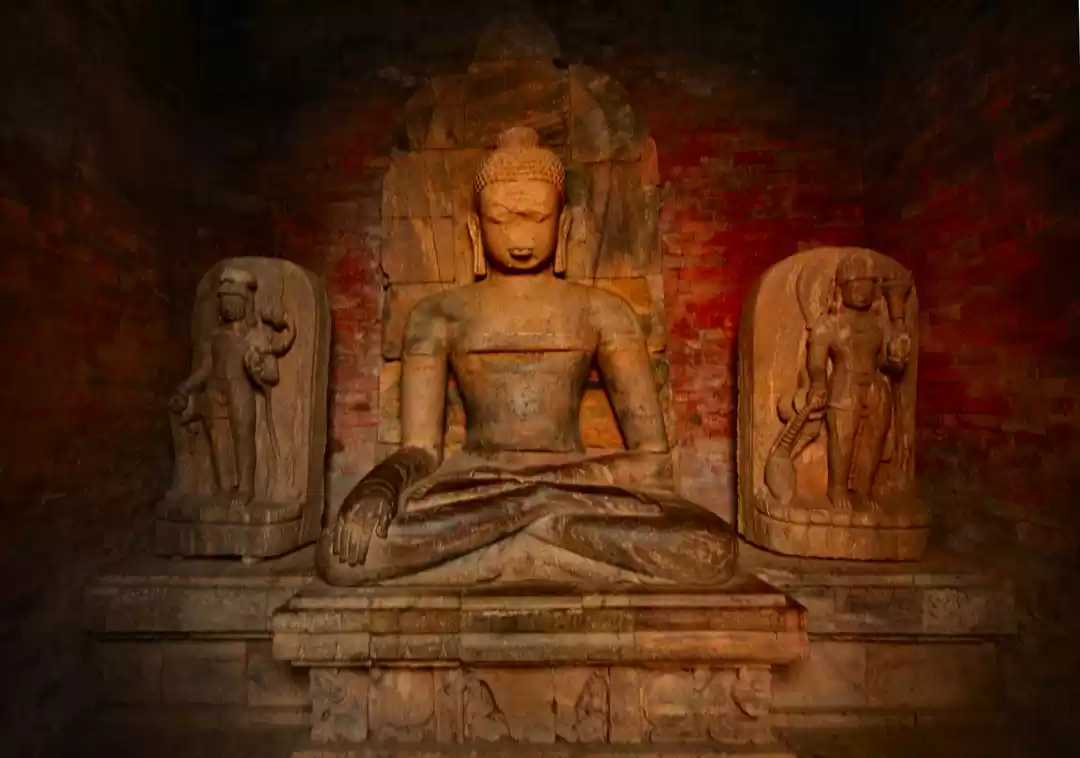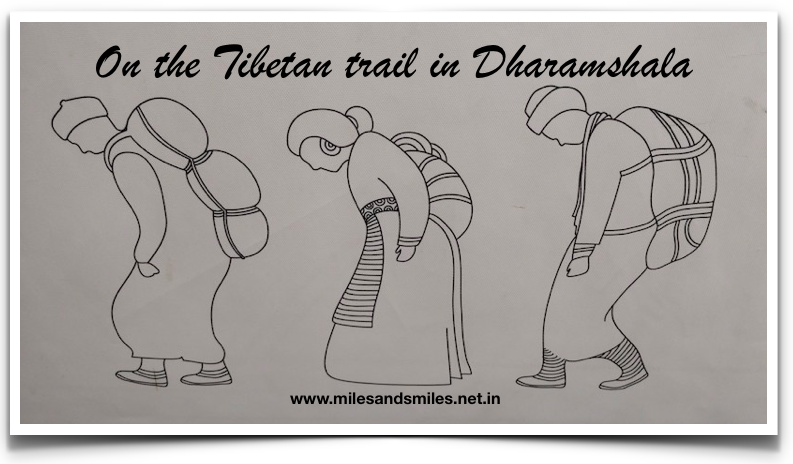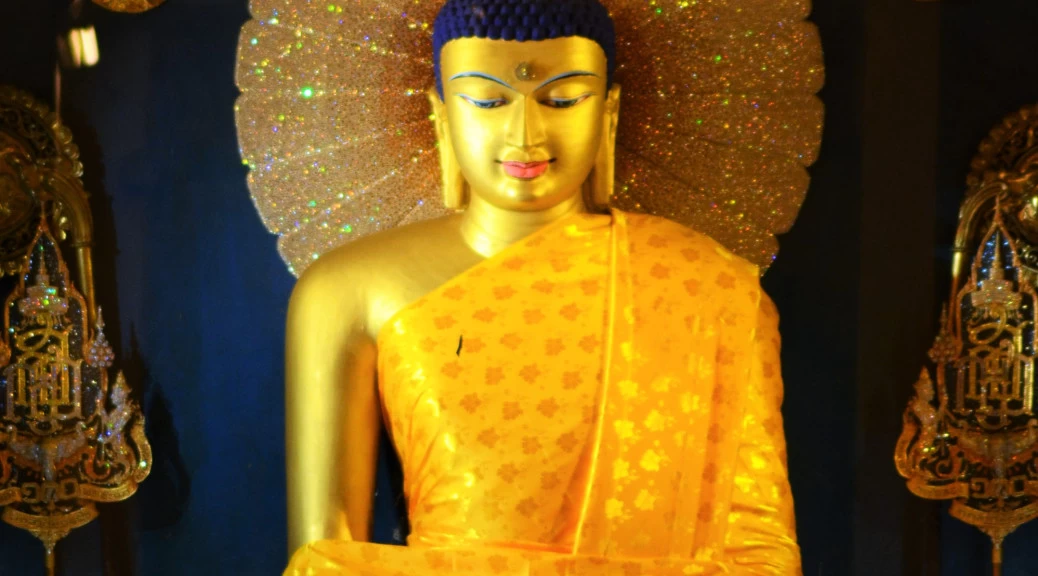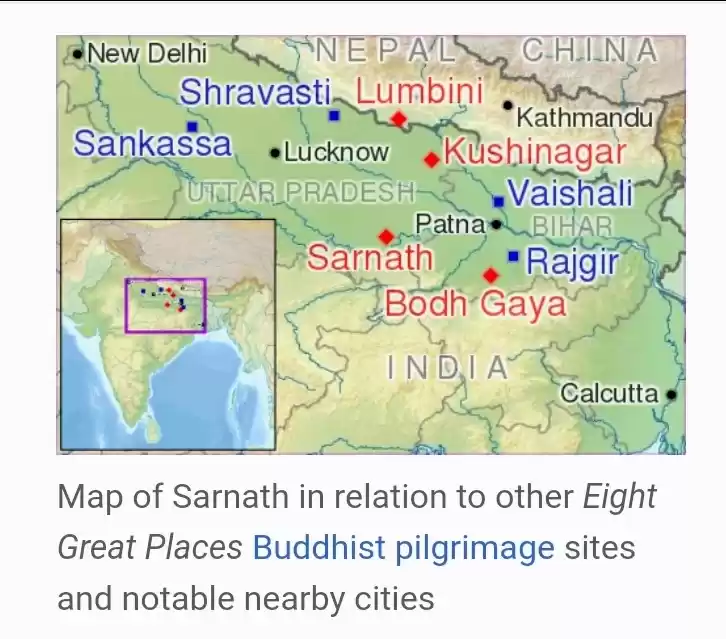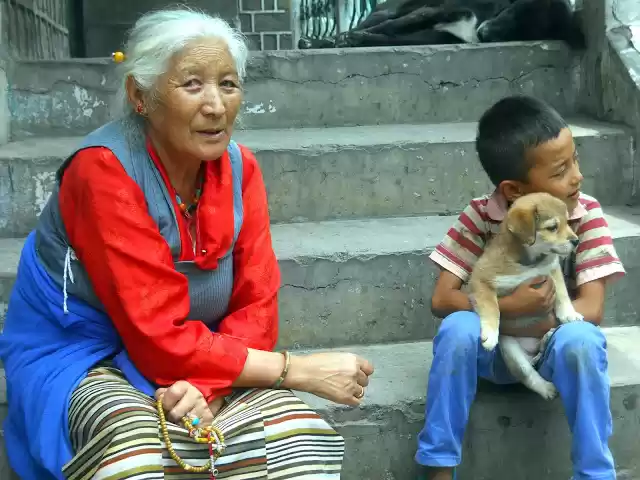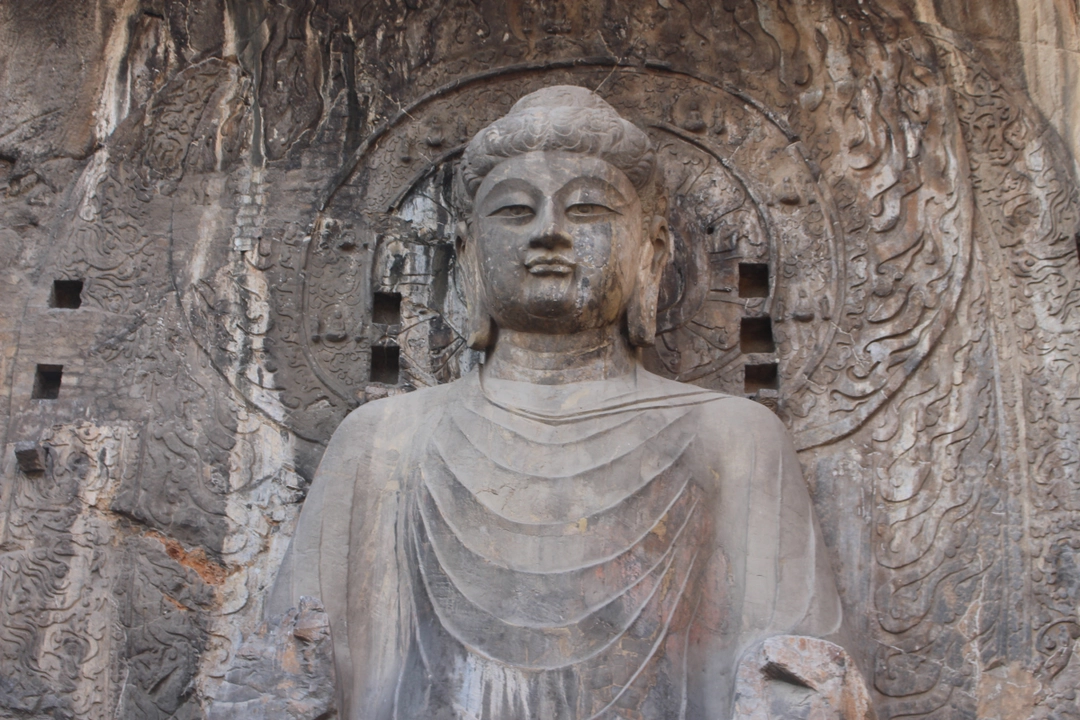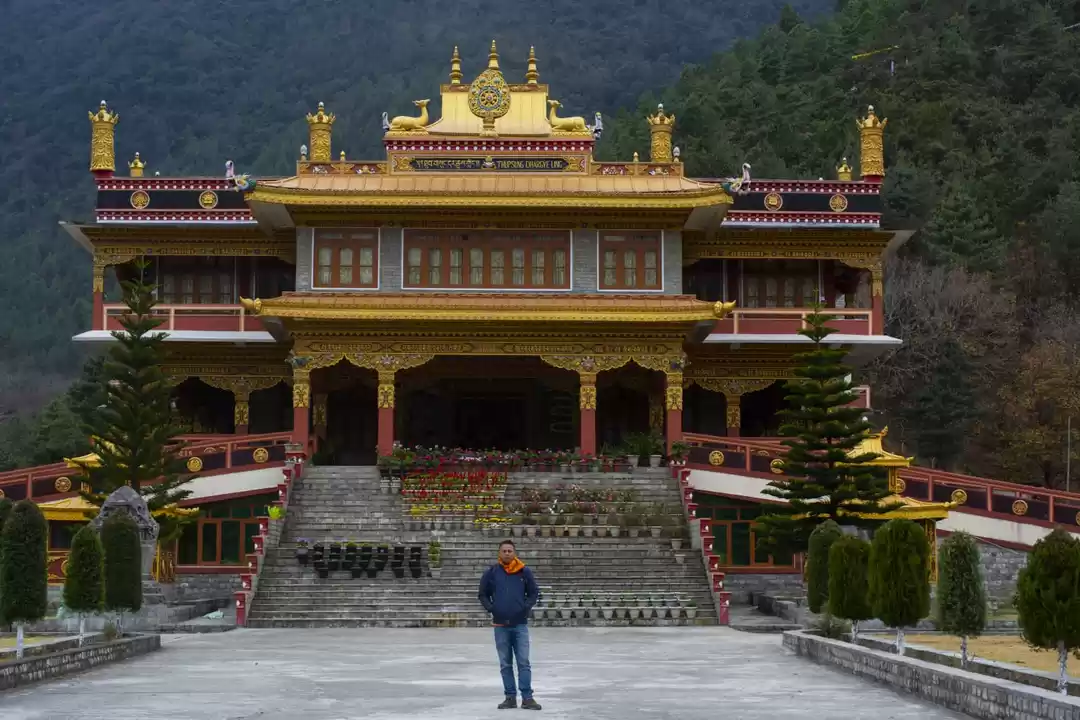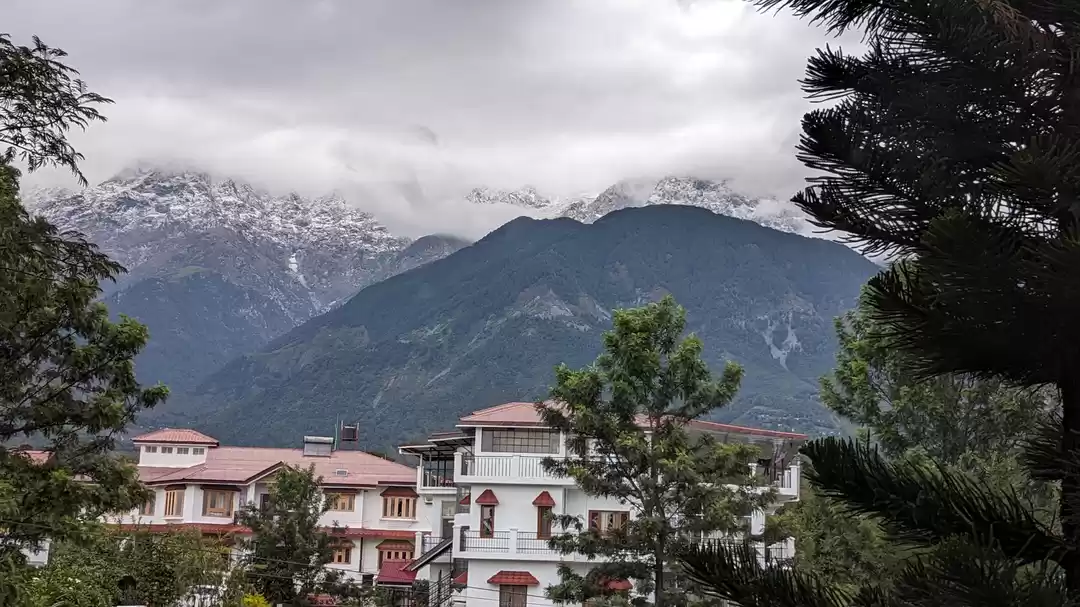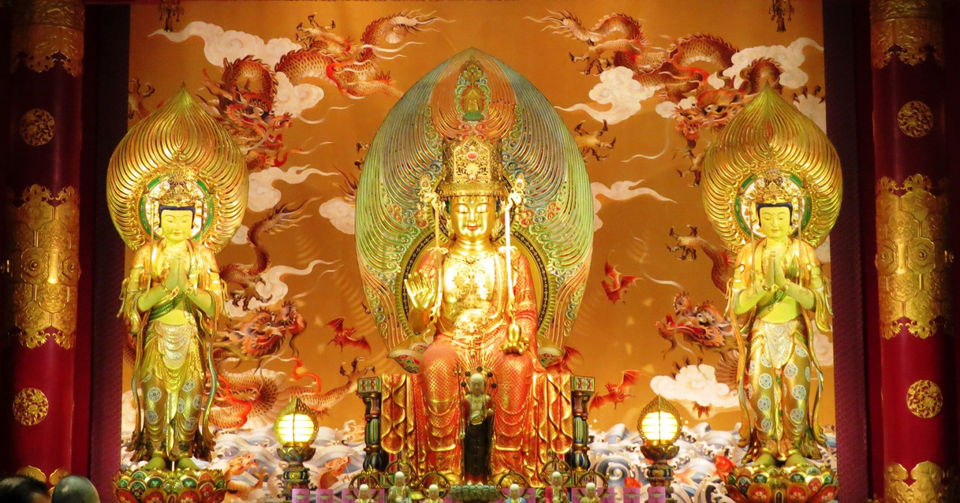
Those who are fond of reading would have realised at some point that they know a little of everything; yet they are an expert on very few subjects. My relationship with Buddhism had been something like that. This religion had always held spiritual appeal for me, given its focus on detachment, isolation and meditation. The very word 'Buddhist' resonates with profound wisdom and serenity.
So when I stumbled upon the grandiose Buddha Tooth Relic Temple with its glittering golden opulence and rhythmic, melodious chanting, I was more than a little surprised.

Yet by the end of my tryst with this renowned place of worship, I discovered that at its heart, it was still the silent, spiritual Buddhism I knew.
The multi-storeyed Buddha Tooth Relic Temple dominates the colourful streets of Singapore's Chinatown with what I can only call an otherworldly magnetism. From the outside, it impresses with its curved Tang-style architecture, typical of pretty Chinese houses and wafting fragrance of incense sticks, a classic fixture in Chinese worship.
And from the inside, the ornate vat holding ceremonial ash, the giant mound of rice and the life-size deities presiding over a sea of bowing monks in sombre black robes inspire real awe. Visitors are not allowed to enter the main hall where the monks pay homage to the Buddha with their hypnotic incantations. They may, however observe and pray from the upper storey designed like a balcony that offers a 360 degree view of the proceedings below. The Sacred Tooth Relic may also be viewed from afar, on the Sacred Light Hall on the fourth floor.


Those who do not own the little bound books inscribed with words of worship, may wander around the museum and marvel at eerily accurate statues of erstwhile monks. Within the glass cabinets that circle the entire upper storey, there reside excellently preserved relics of Buddhism. I stood among these tongue and bone relics with my eyes closed, absorbing the positive vibrations and arcane calmness that the chants had imparted upon the devout listeners and reverent walls.
Years of flawless chanting seemed to have preserved the magical draw of the temple that doubles as a rich repository of Buddhist history, despite the thousands of tourists that throng its entrance everyday.

Once the voices have stilled and you are possessed by the urge to sit for a moment and reflect upon the various emotions that have risen to the surface, you may wish to visit the roof garden. It is a secret oasis of calm, surrounded by a cool garden, pagoda and prayer wheel and is ideal for some moments of undisturbed rumination. Then again, you may simply want to revel in the echoes of the beauty you've just experienced. The only other time I'd seen a Buddha prayer wheel was at a Buddhist temple at India's storybook hill station Manali, inscribed with the words Om mani pudme hum. This one is called Vairocana Buddha Prayer Wheel, named after the Vairocana Buddha who embodies the significance of shunyata or emptiness.
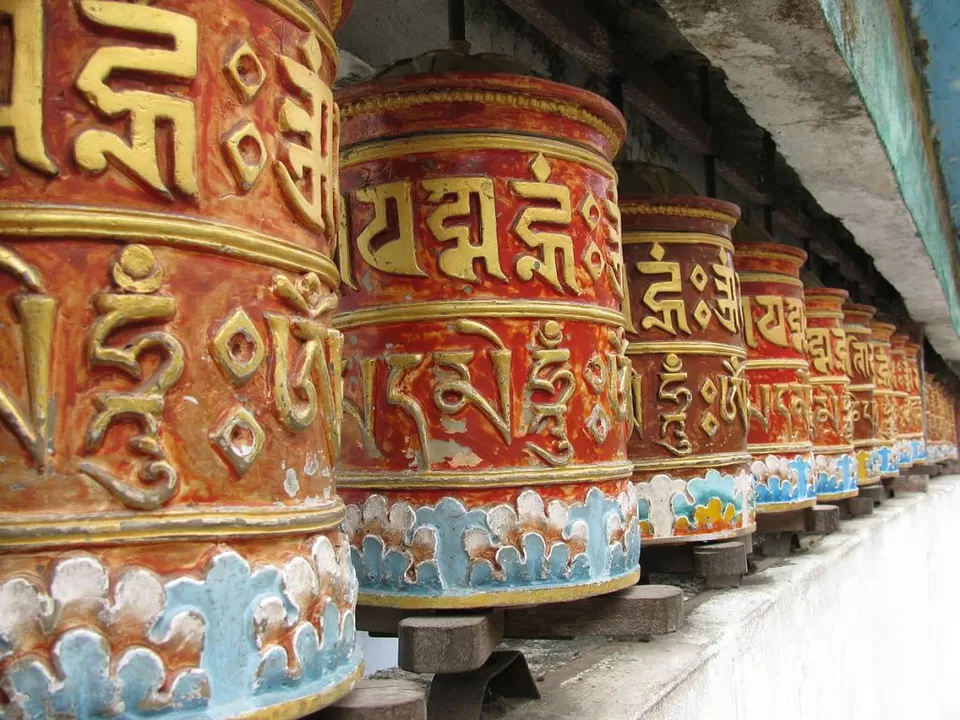
When you prepare to leave the temple and explore the other delights of Chinatown, a treasure trove awaits you.
The Kong Meng San Phor Kark See Monastery routinely prints free-to-read books of stories and teachings from the Buddha as a parting gift to those who come to His doorstep.
There are pictorially represented stories for children and little pocket books full of everyday wisdom for those who do not prefer to read reams of obscure scriptures. If what you read touches you in some way, you can transfer a donation to the monastery, so more souls may be gladdened by teachings of kindness, temperance and generosity.
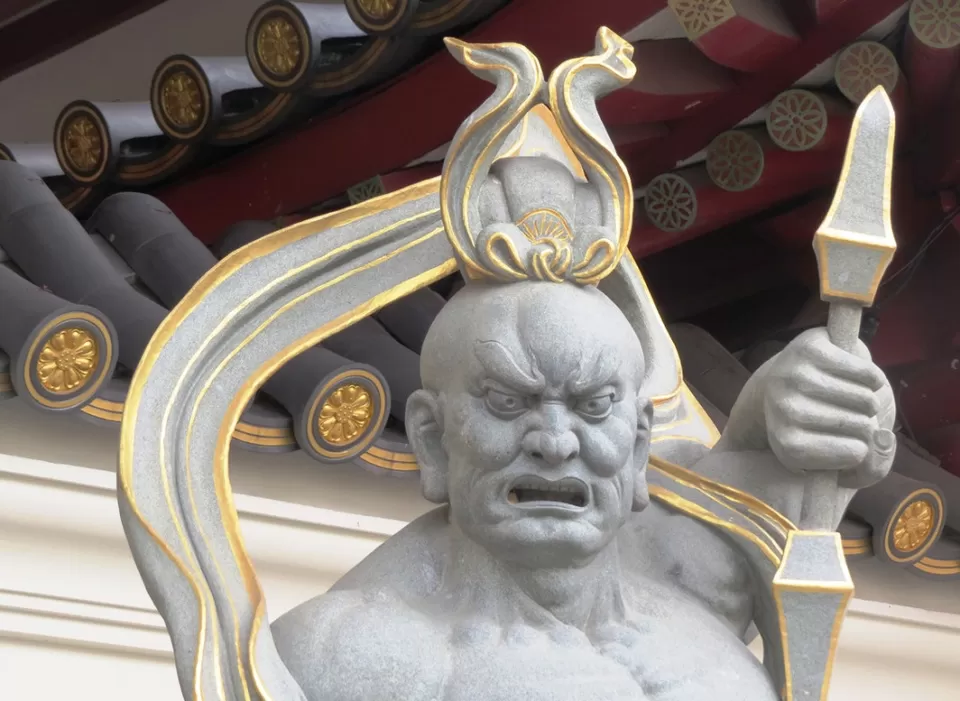
There are some who say that Singapore lacks culture. My brush with Chinese Buddhism convinced me otherwise.
This blog was originally posted on Trail-stained Fingers.



